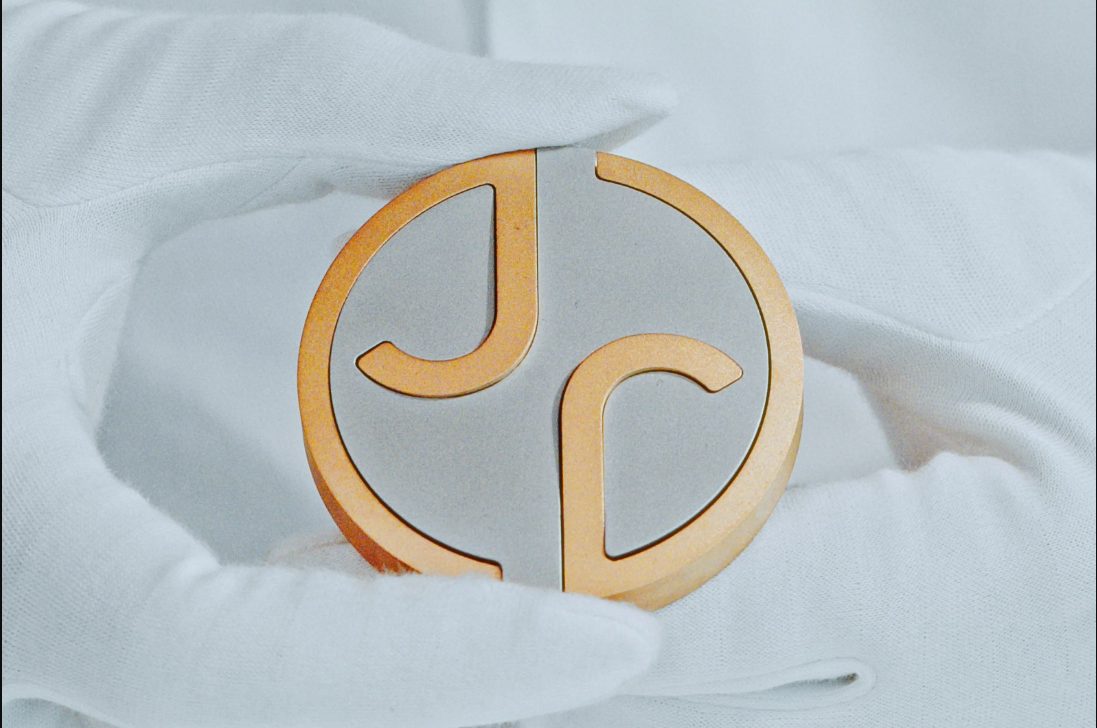In the intricate landscape of automotive branding, Jaguar has emerged as a provocative protagonist, orchestrating a transformation that transcends mere visual identity and delves into the complex intersections of corporate strategy, cultural discourse, and technological innovation. As James Morris from Forbes astutely observes, what initially appears to be a risky rebranding exercise is potentially a stroke of marketing genius that challenges traditional automotive narratives.
Morris provides a critical perspective that reframes the controversy as a calculated strategic move. He argues that the massive media attention—with 1.5 million video views and over 24,000 comments—is precisely the point. Echoing Oscar Wilde’s famous quote, “There is only one thing in life worse than being talked about, and that is not being talked about,” Morris suggests that Jaguar has masterfully transformed potential criticism into an opportunity for global engagement.
The strategic rebrand, unveiled through a meticulously crafted digital campaign, represents a multifaceted approach to repositioning Jaguar in an increasingly competitive marketplace. The video, featuring a deliberately curated ensemble of diverse models adorned in brilliant, eye-catching attire, accompanied by provocative messaging like “Live Vividly” and “Eliminate the Ordinary,” has become a lightning rod for cultural dialogue.
Morris’s analysis reveals a deeper strategic intent. The existing customer base was not financially sustainable, making the controversial rebrand a calculated risk to attract a more lucrative market segment. The brand is positioning itself to compete with high-end luxury vehicles, targeting customers who might consider a $200,000 Range Rover—a significant departure from its previous market positioning.
The digital response was swift and polarizing. High-profile figures amplified the controversy. Elon Musk, CEO of Tesla, pointedly questioned the advertisement’s lack of vehicles, generating 164,000 likes and nearly 3 million views. Controversial influencer Andrew Tate described the advertisement as “gay propaganda,” while conservative media personalities characterized it as artificially generated and pretentious.

Morris’s perspective is particularly illuminating. He argues that the content of the advertisement is almost irrelevant—the crucial factor is that everyone is now talking about Jaguar. Having seen a camouflaged prototype at a test track, he hints at a sleek and audacious vehicle that will be revealed on December 2nd in Miami.
The financial context further validates this strategy. In 2019, Jaguar Land Rover was selling 660,000 units annually without profitability. By 2023, production had decreased to 300,000 units, but with a positive financial trajectory. The average sale price increased from £44,000 to £71,000, with Range Rover models now generating approximately $25,000 profit per vehicle.
Jaguar’s response to the criticism has been strategically brilliant. Rather than adopting a defensive posture, the brand has engaged critics directly, responding with wit and confidence. When Musk questioned their automotive focus, Jaguar playfully invited him to join them for tea in Miami—the date of their full brand reveal.
The Jaguar’s rebranding is not merely a marketing exercise but a profound strategic repositioning. Jaguar Land Rover is transitioning to becoming an exclusively electric automotive manufacturer by 2025. Adrian Mardell, JLR’s CEO, has been transparent about eliminating current production lines that generate “near-zero profitability,” focusing instead on high-margin, technologically advanced vehicles.
Morris emphasizes the substantial investment behind this transformation. Jaguar is committing £15 billion over five years to electrify its brand, collaborating with battery software specialist Elysia to develop cutting-edge technological underpinnings. The anticipated vehicle, priced above £100,000, represents a complete reimagination of the Jaguar brand.
The most compelling aspect of Morris’s analysis is the notion of intentional provocation. By generating widespread conversation, challenging conventions, and targeting emerging market segments, Jaguar is executing a sophisticated strategy of deliberate disruption. The goal transcends traditional automotive marketing—it’s about redefining the narrative of luxury mobility.
The full manifestation of this strategy will be revealed on December 2nd in Miami during Art Week, a deliberately chosen platform that emphasizes the brand’s commitment to artistic expression and cultural relevance. As the automotive world watches with bated breath, Jaguar’s rebranding stands as a compelling case study of corporate transformation—a bold declaration that in the digital age, visibility and cultural relevance can be as valuable as traditional marketing metrics.
MUST READ Articles:
-
Woman sues Kraft over macaroni prep time
-
Macy’s and other major retailers raise credit card rates
-
Lilo and Stitch Live-Action: Release Date and Full Cast
-
Macy’s faces accounting scandal: How did an employee hide $154 million in expenses?
-
NEW Ground beef recall due to E. coli risk November 2024: What you need to know










